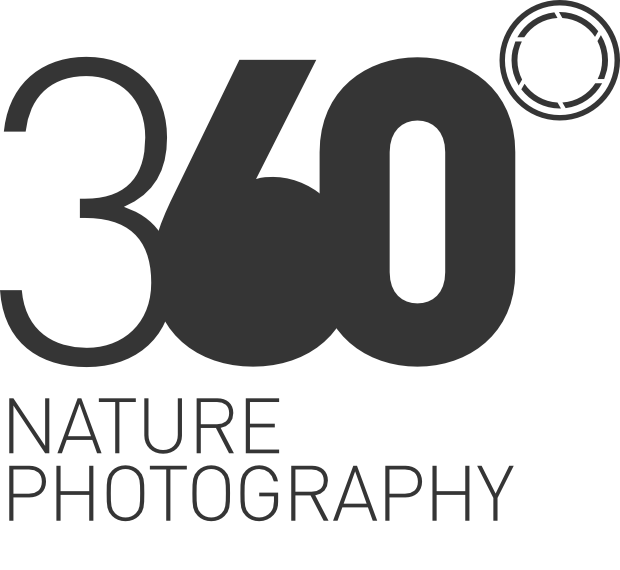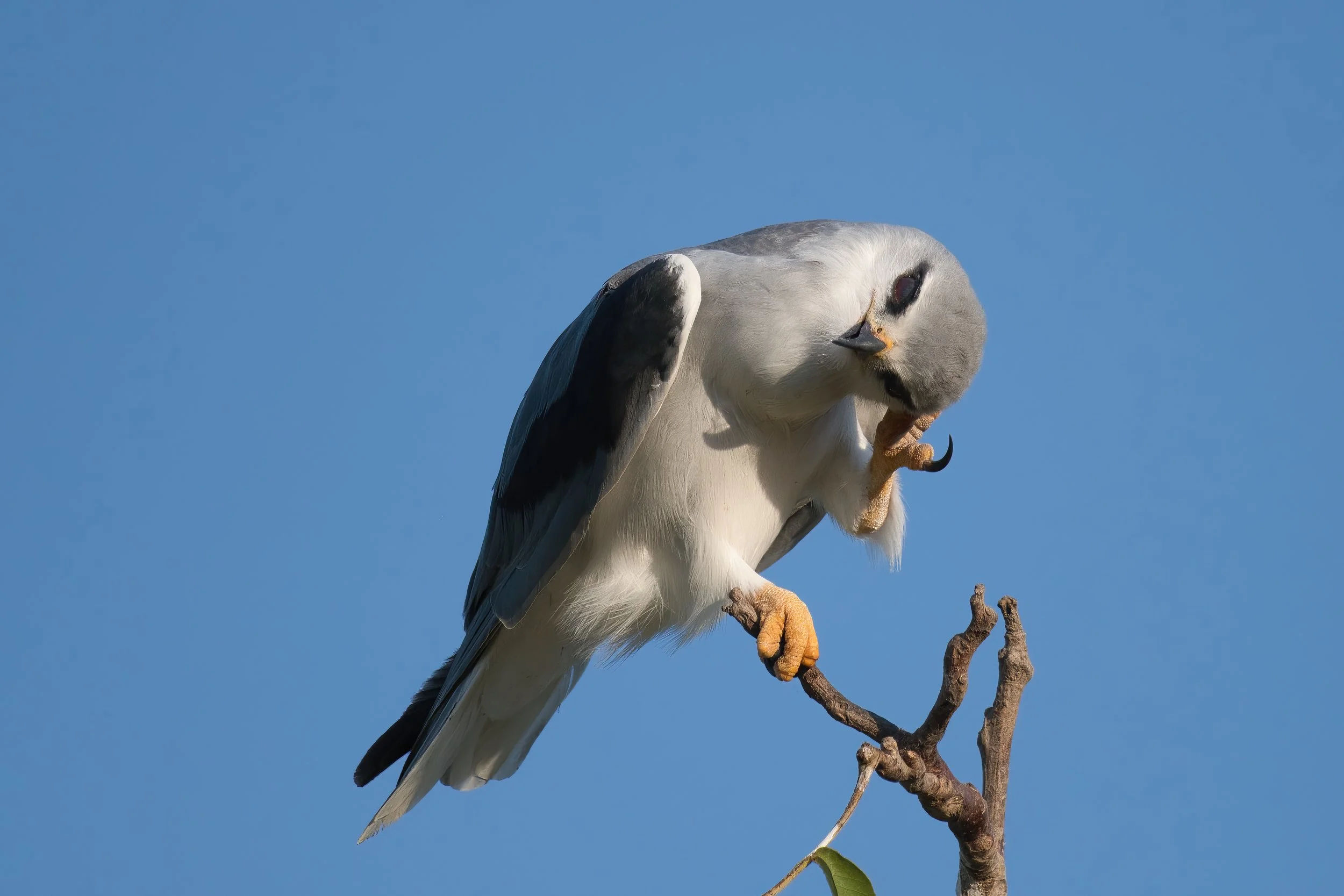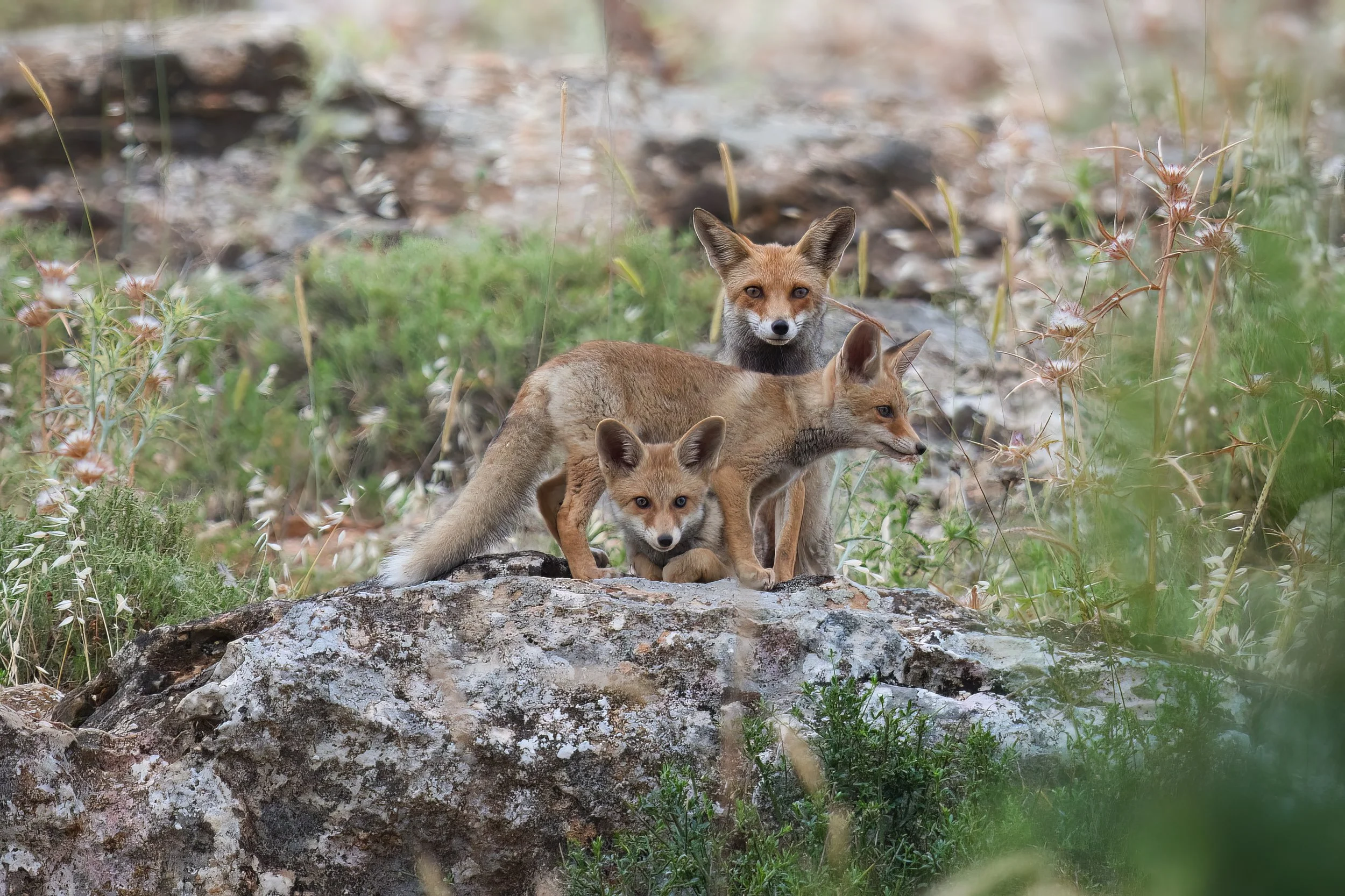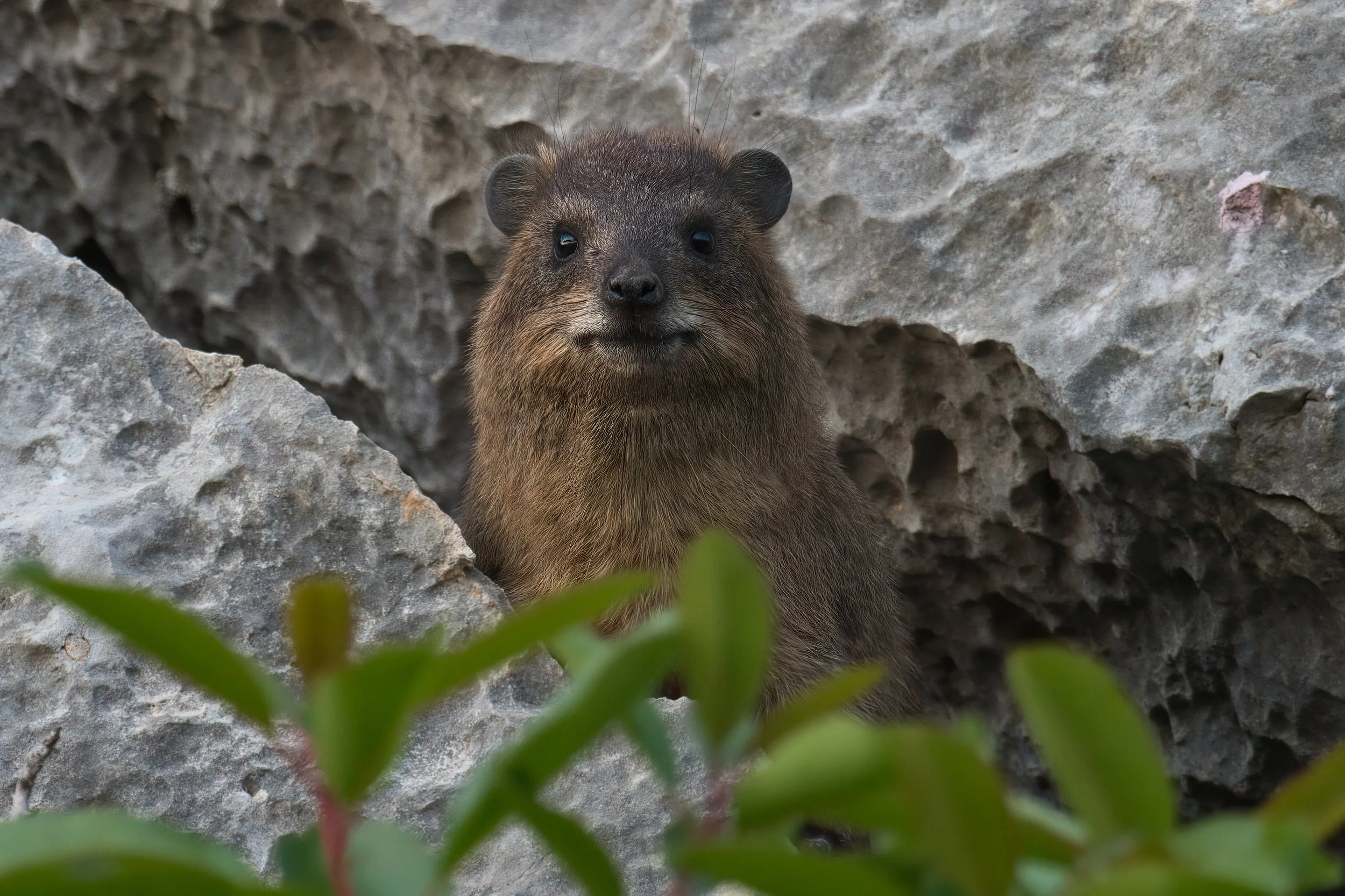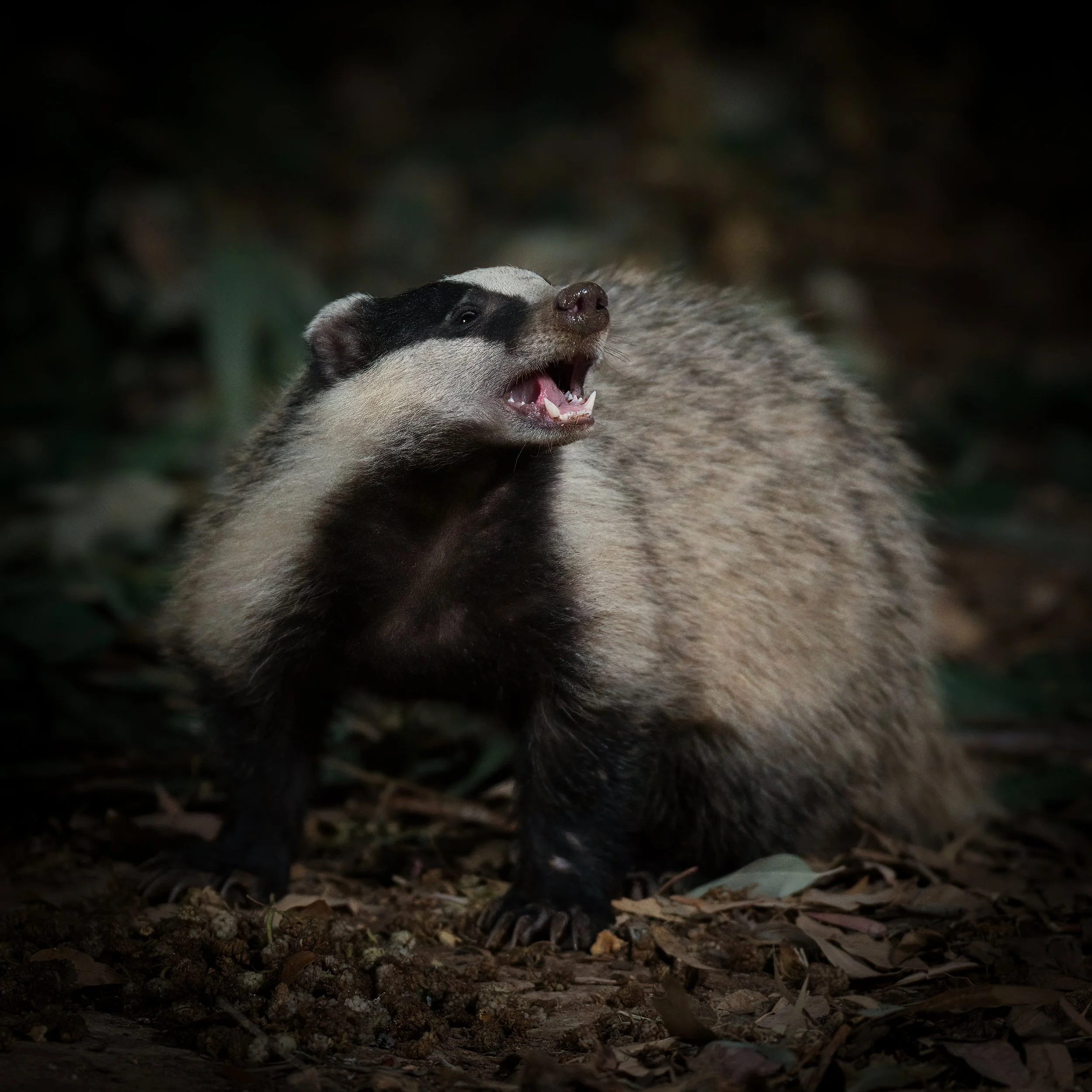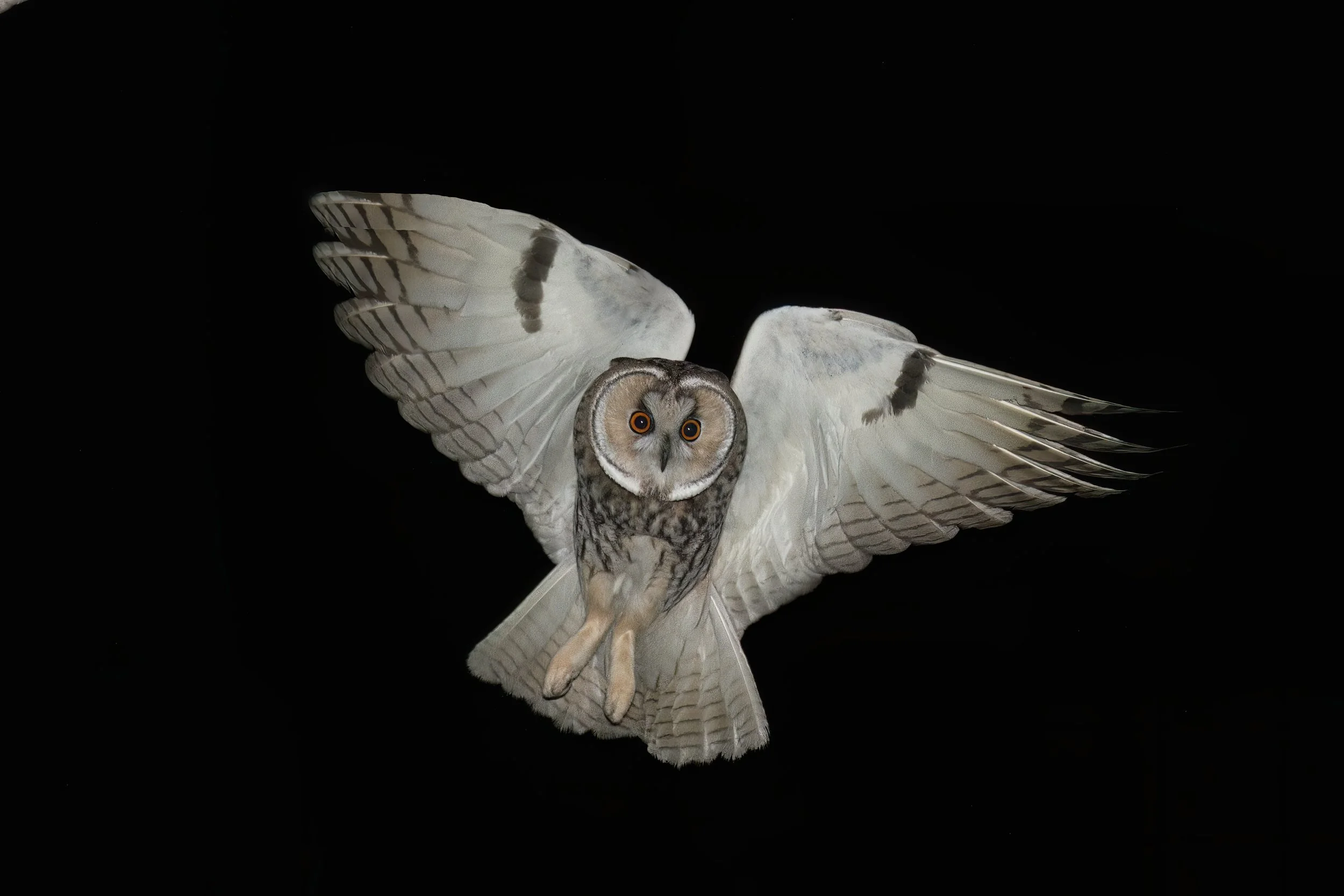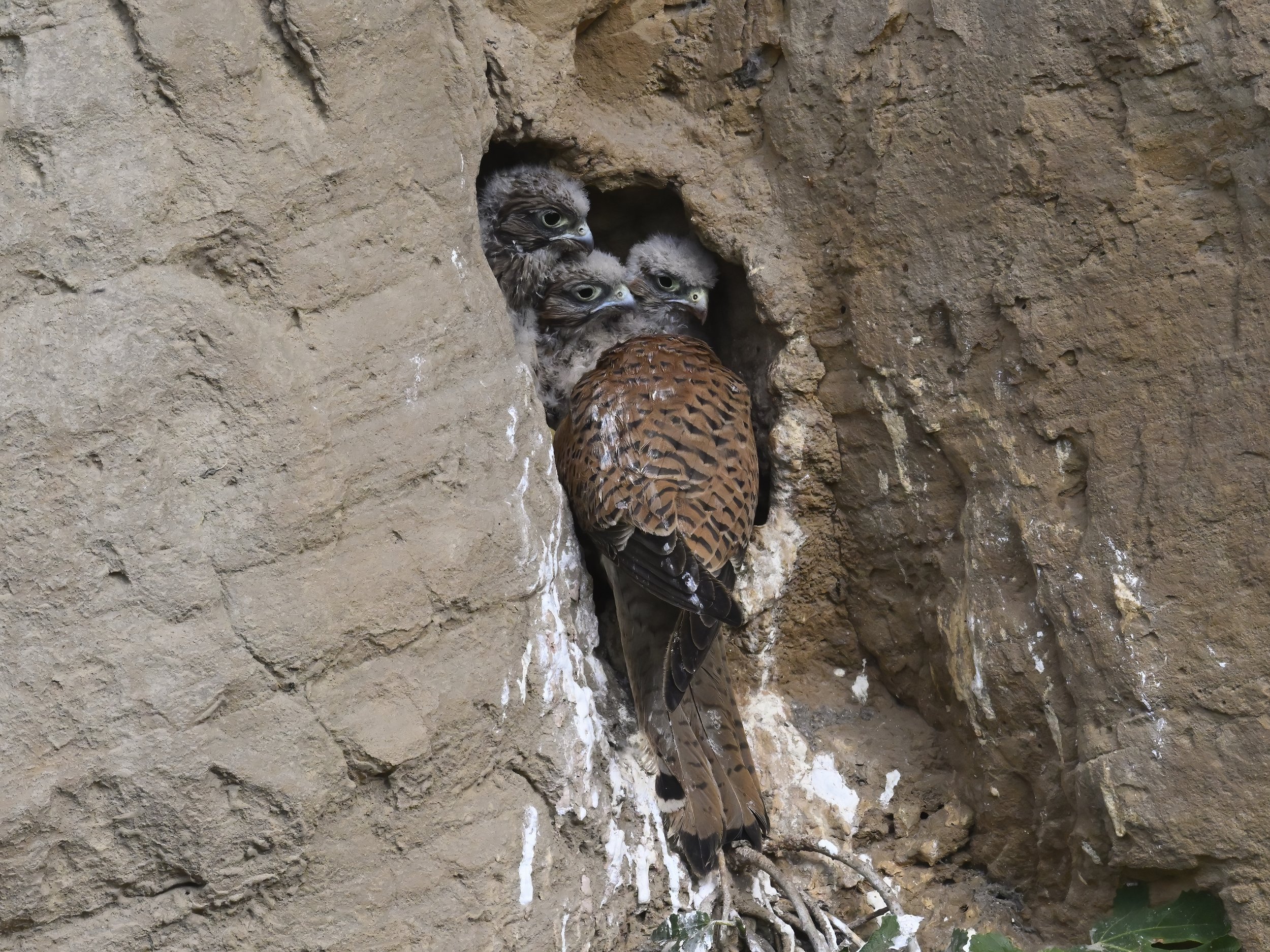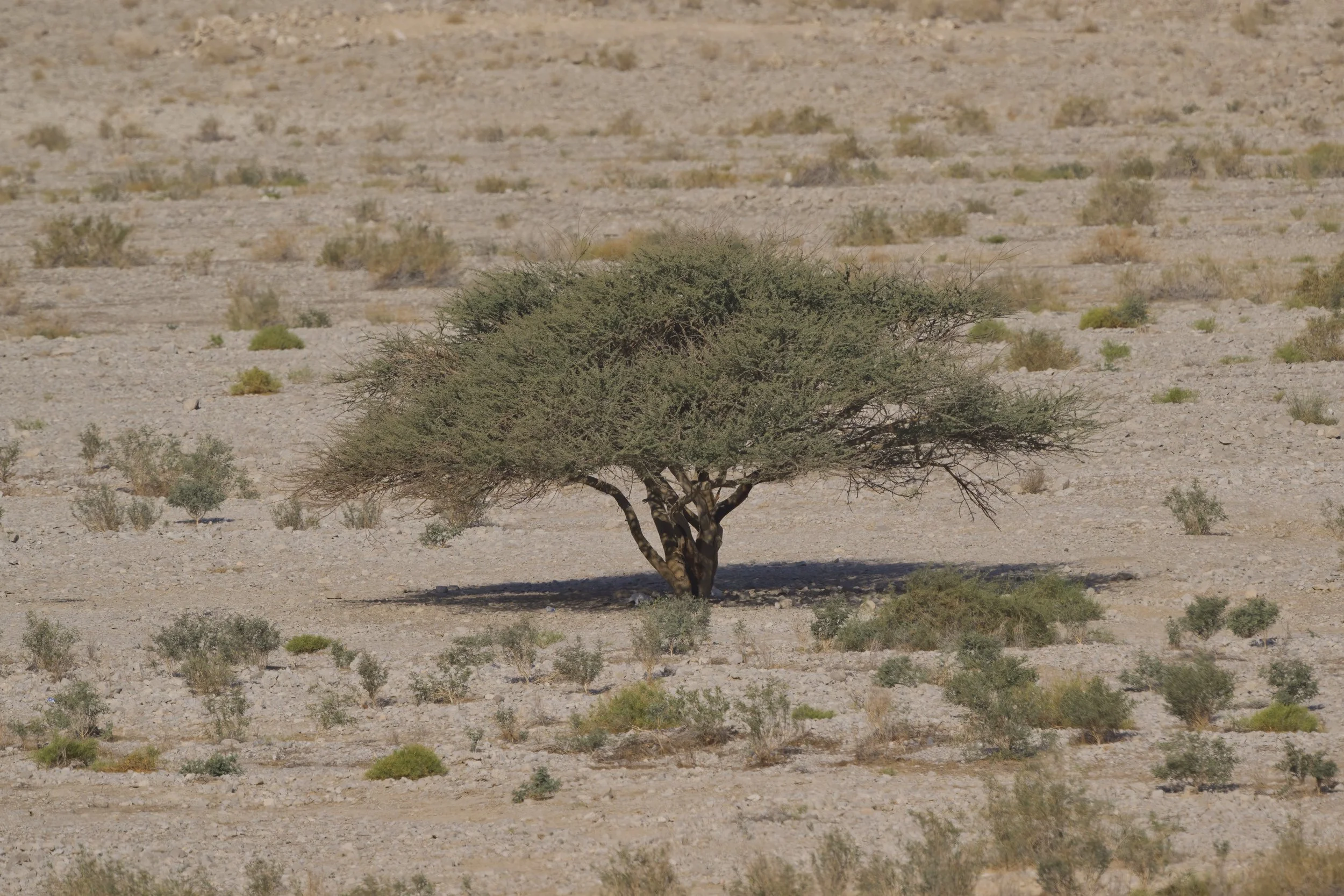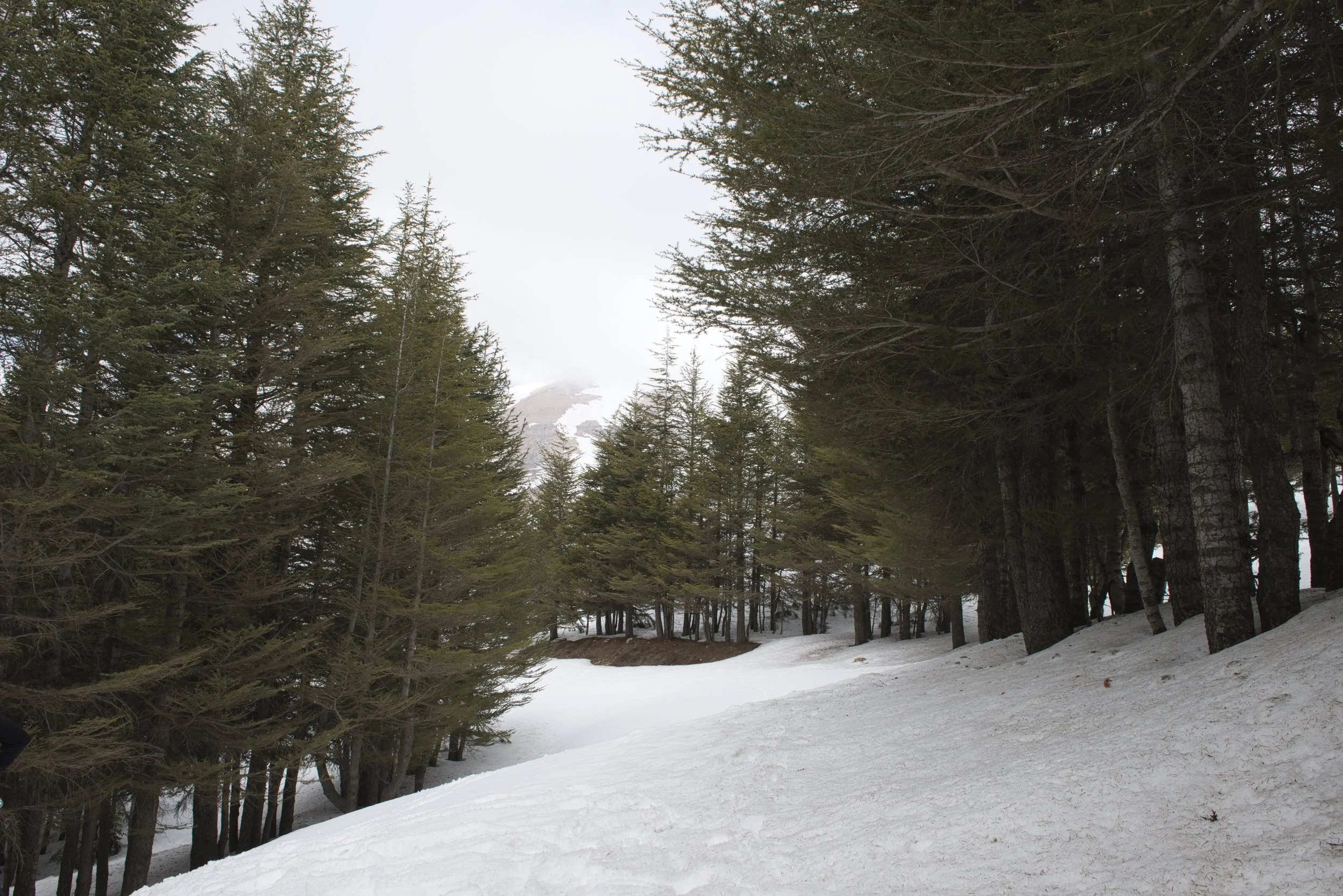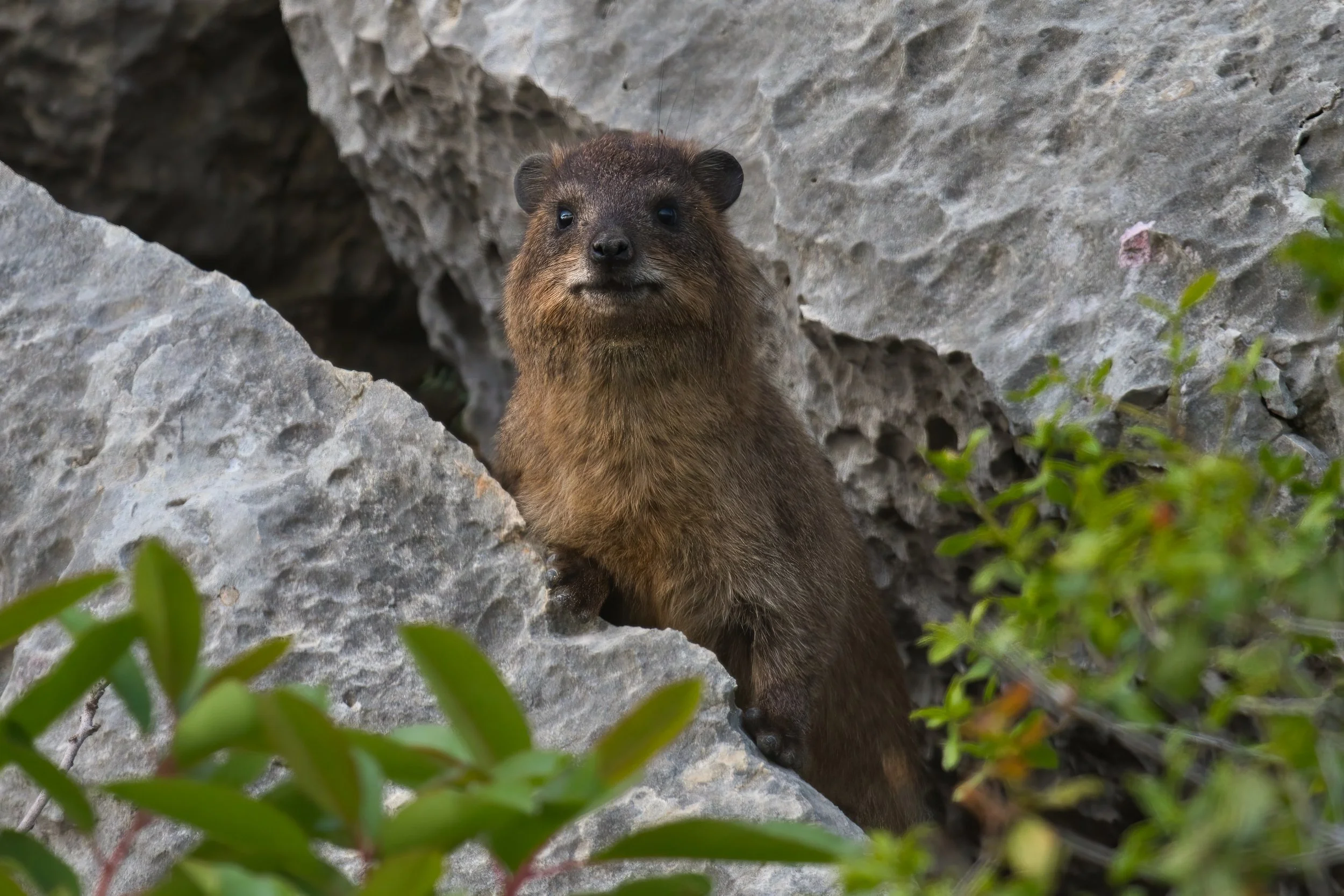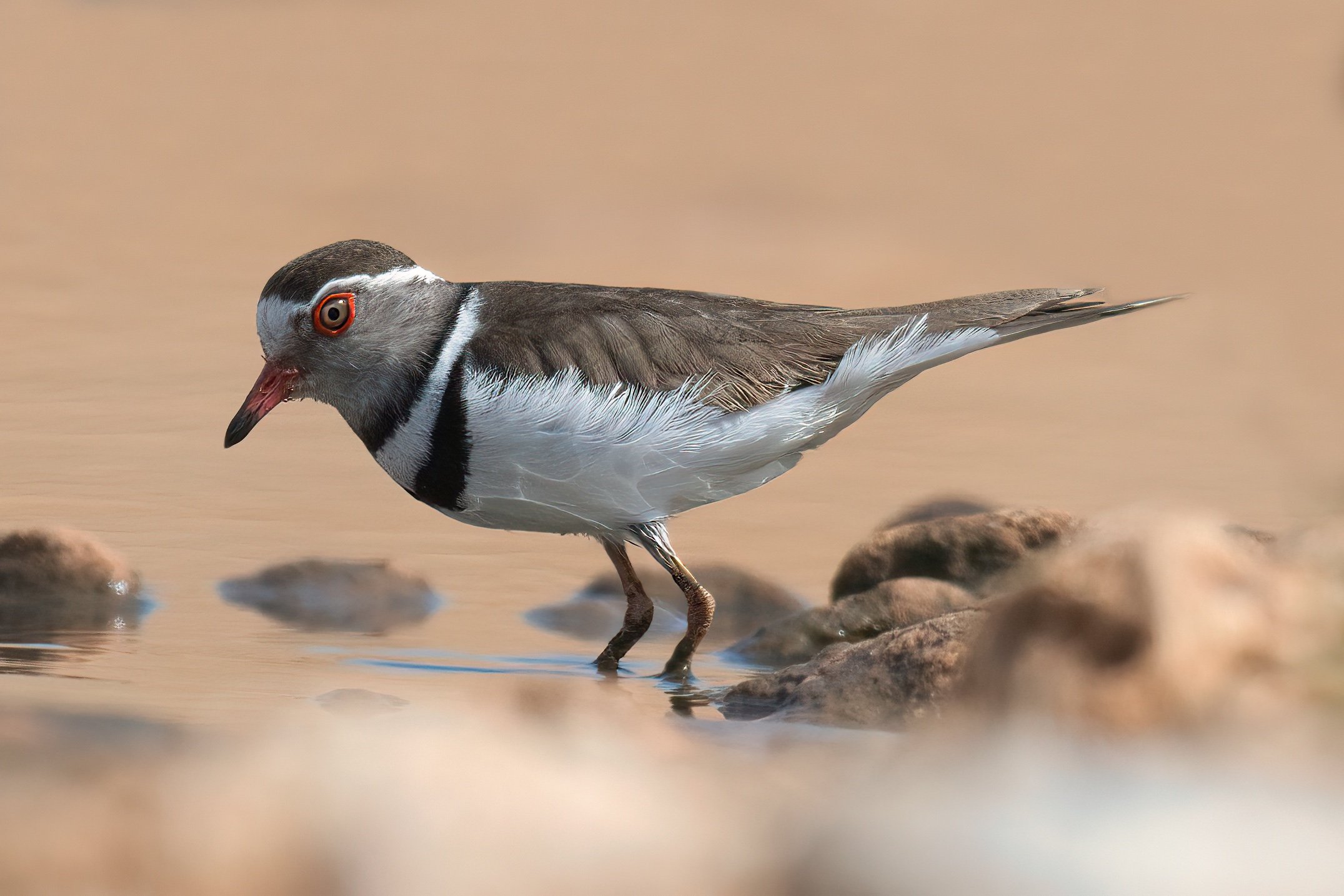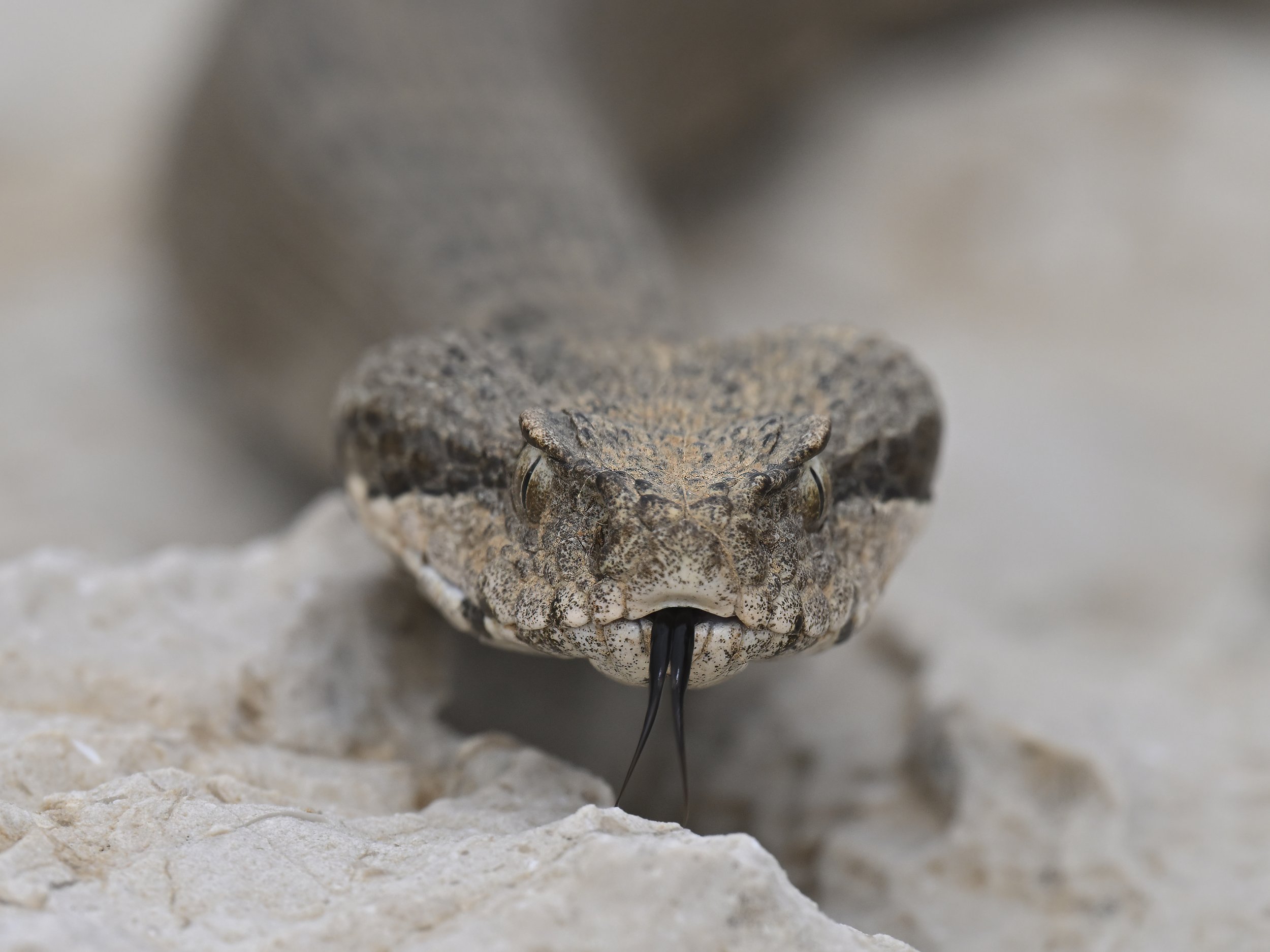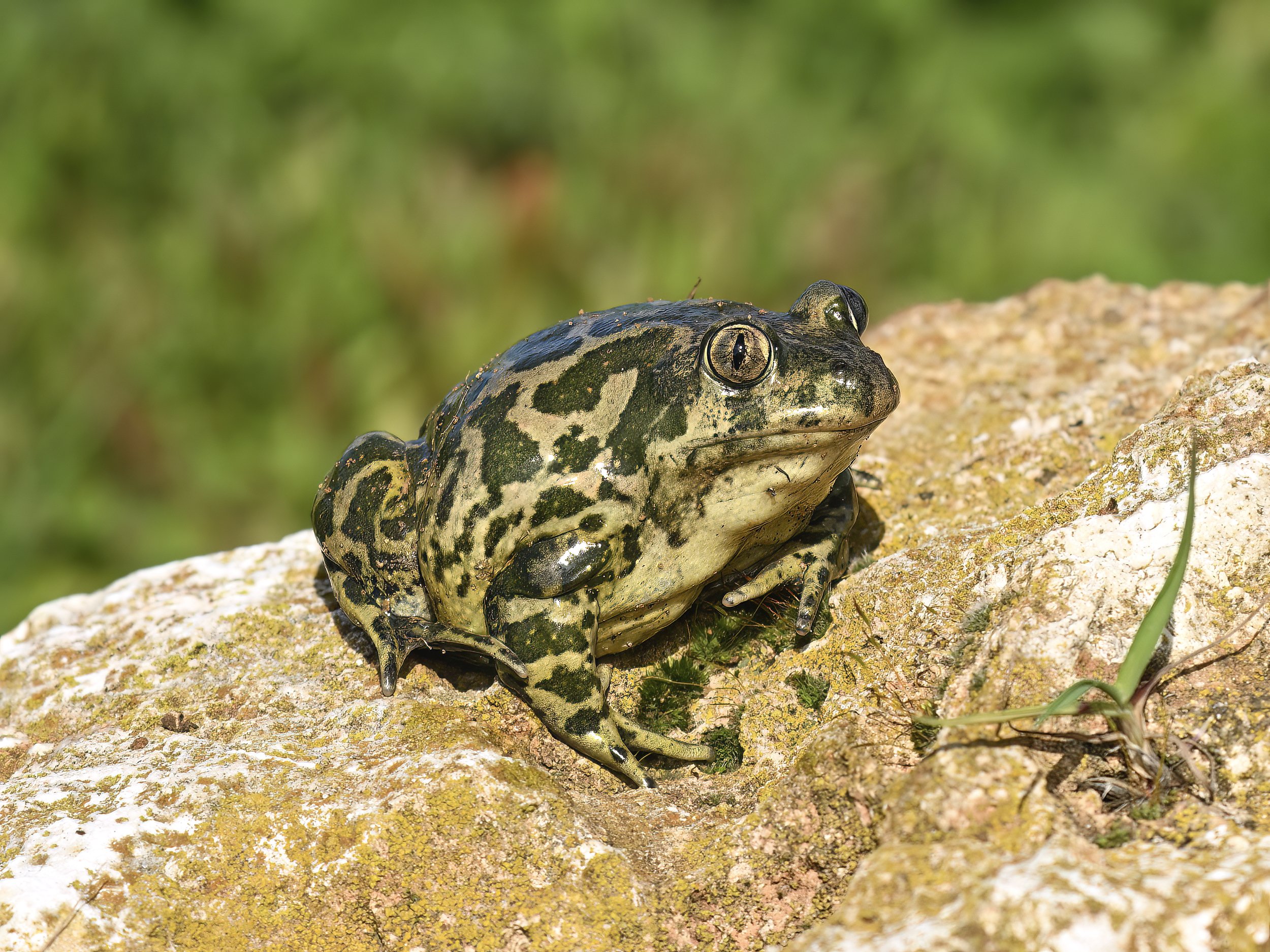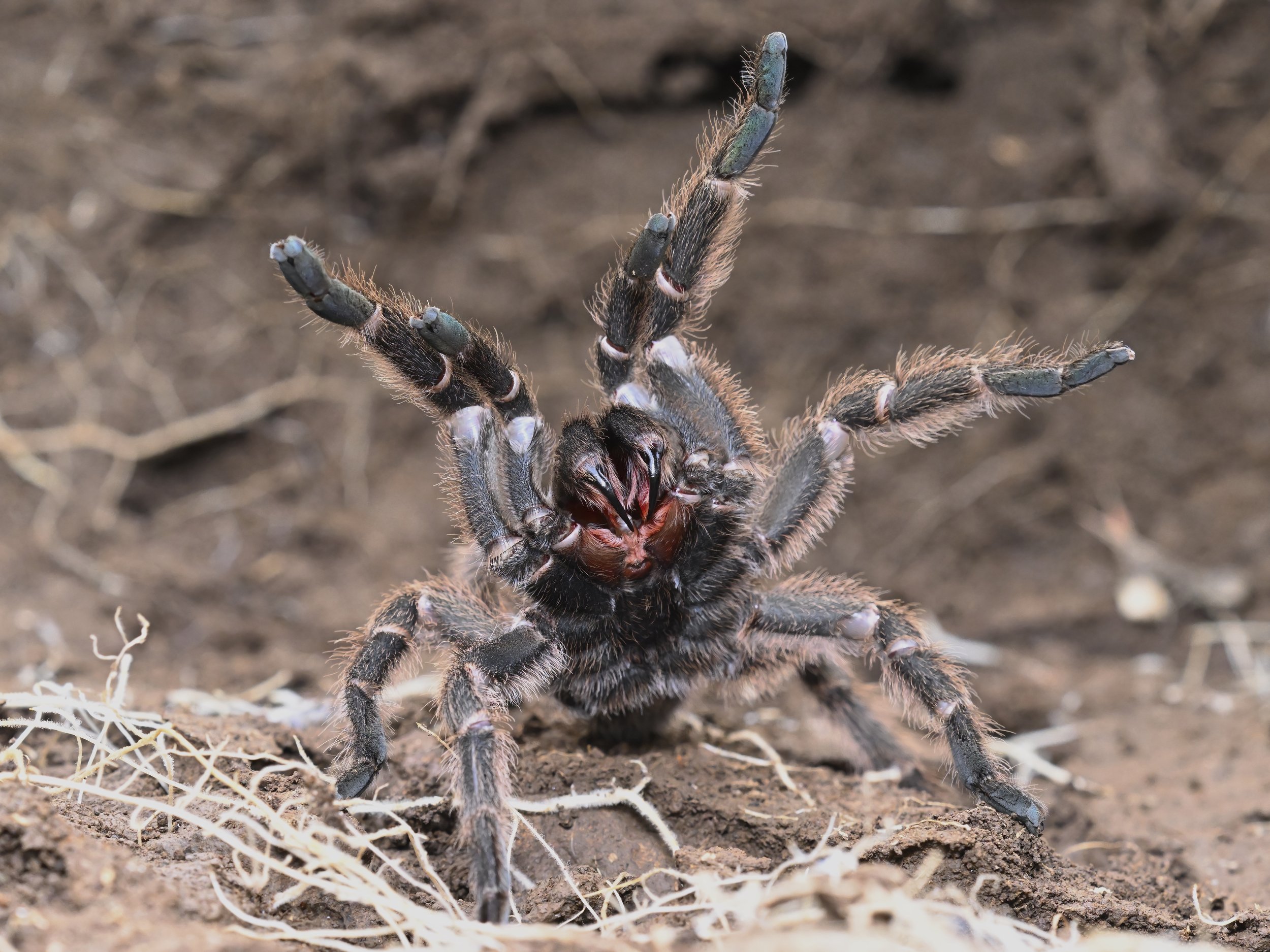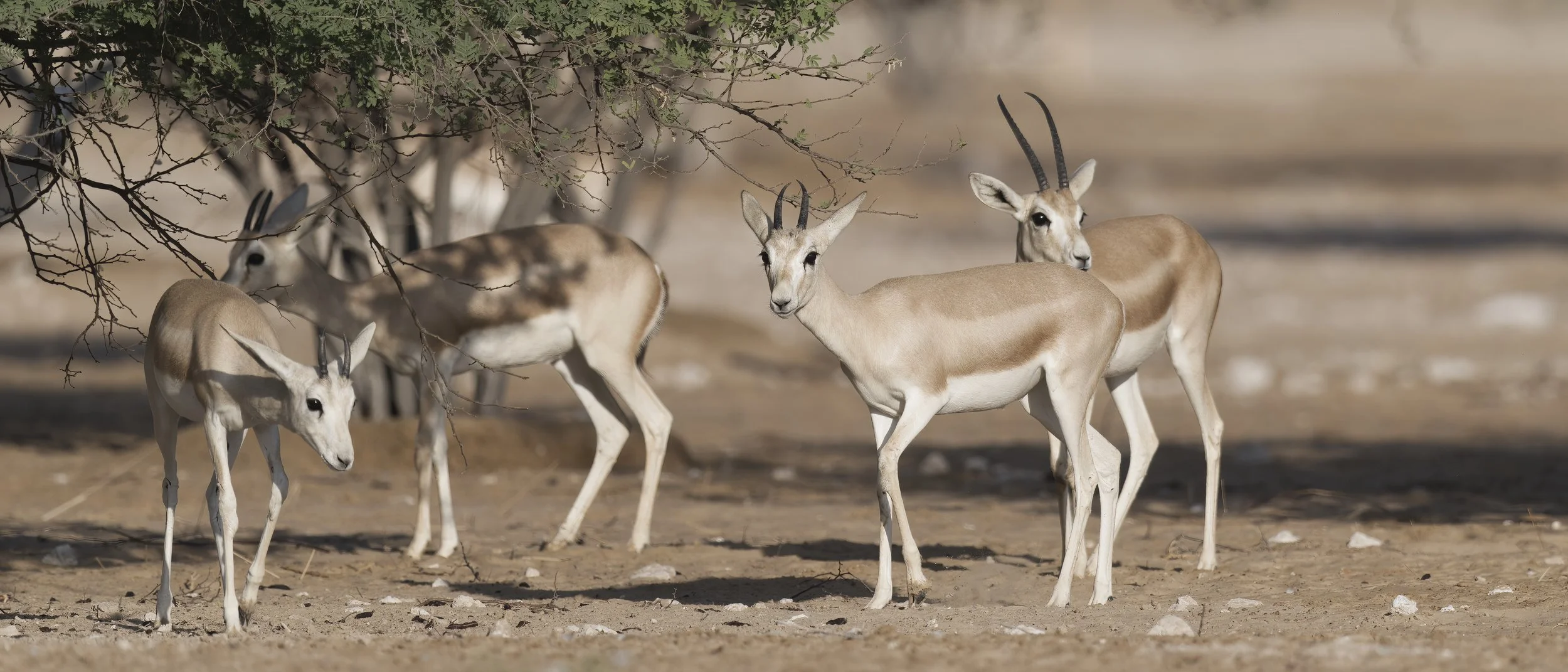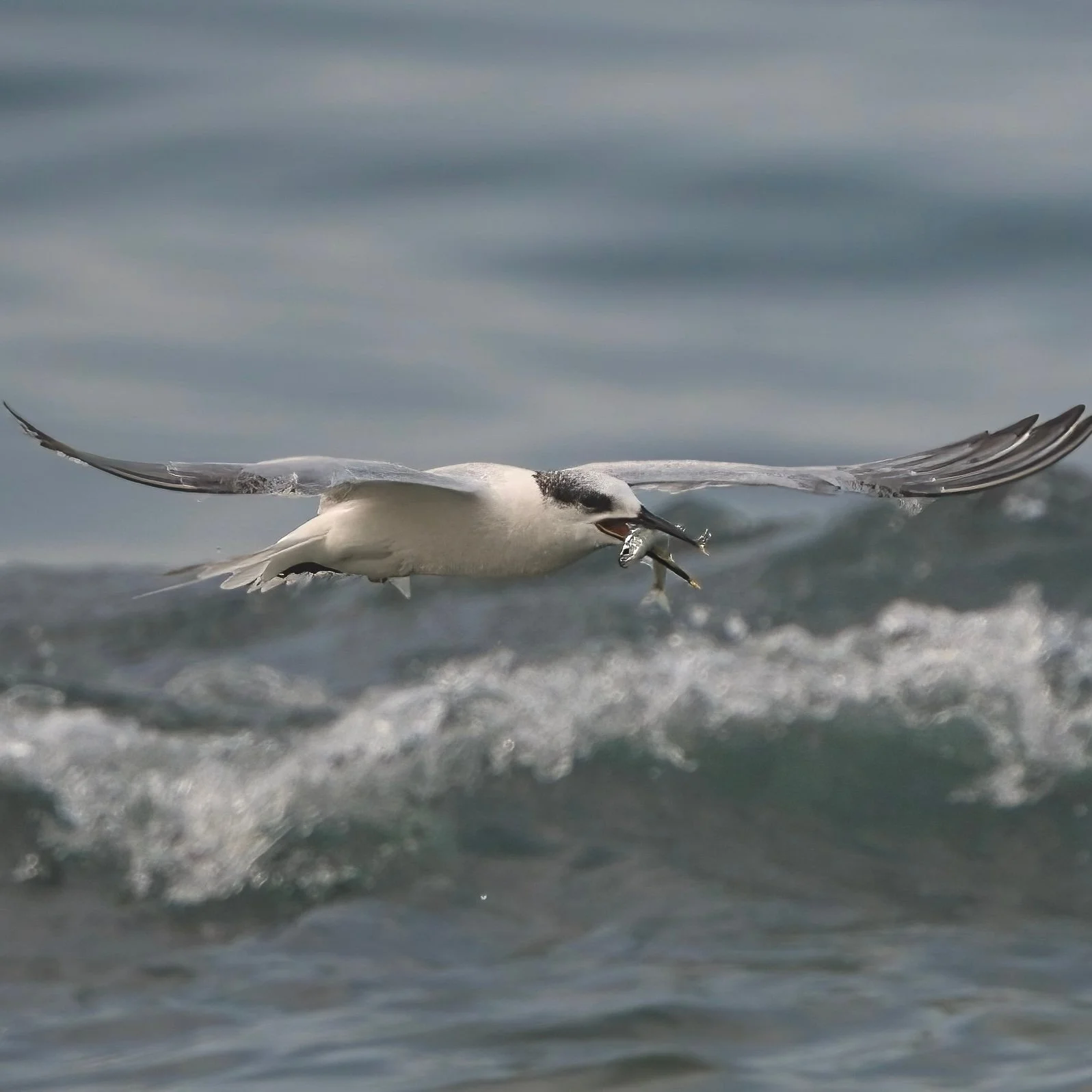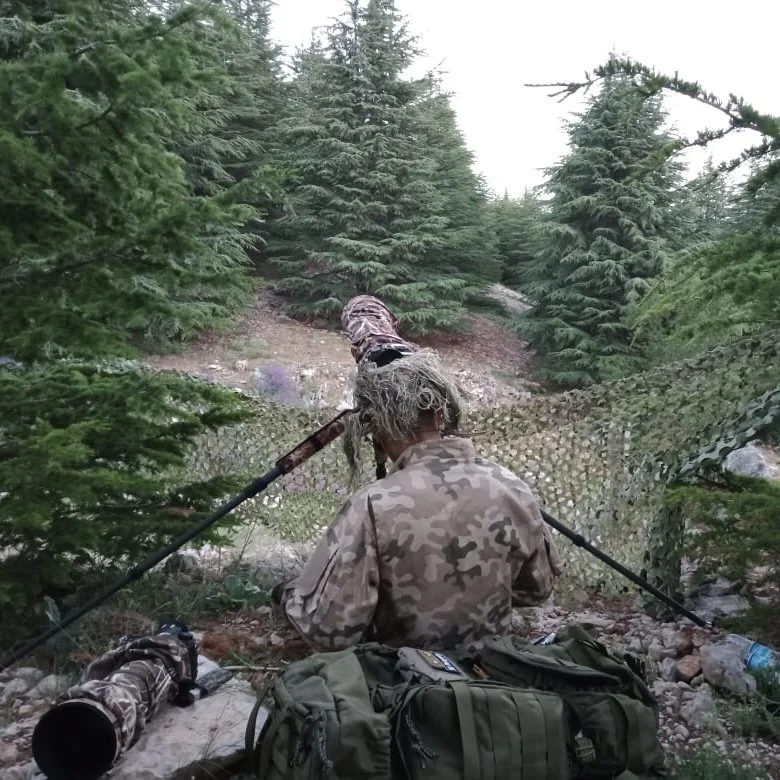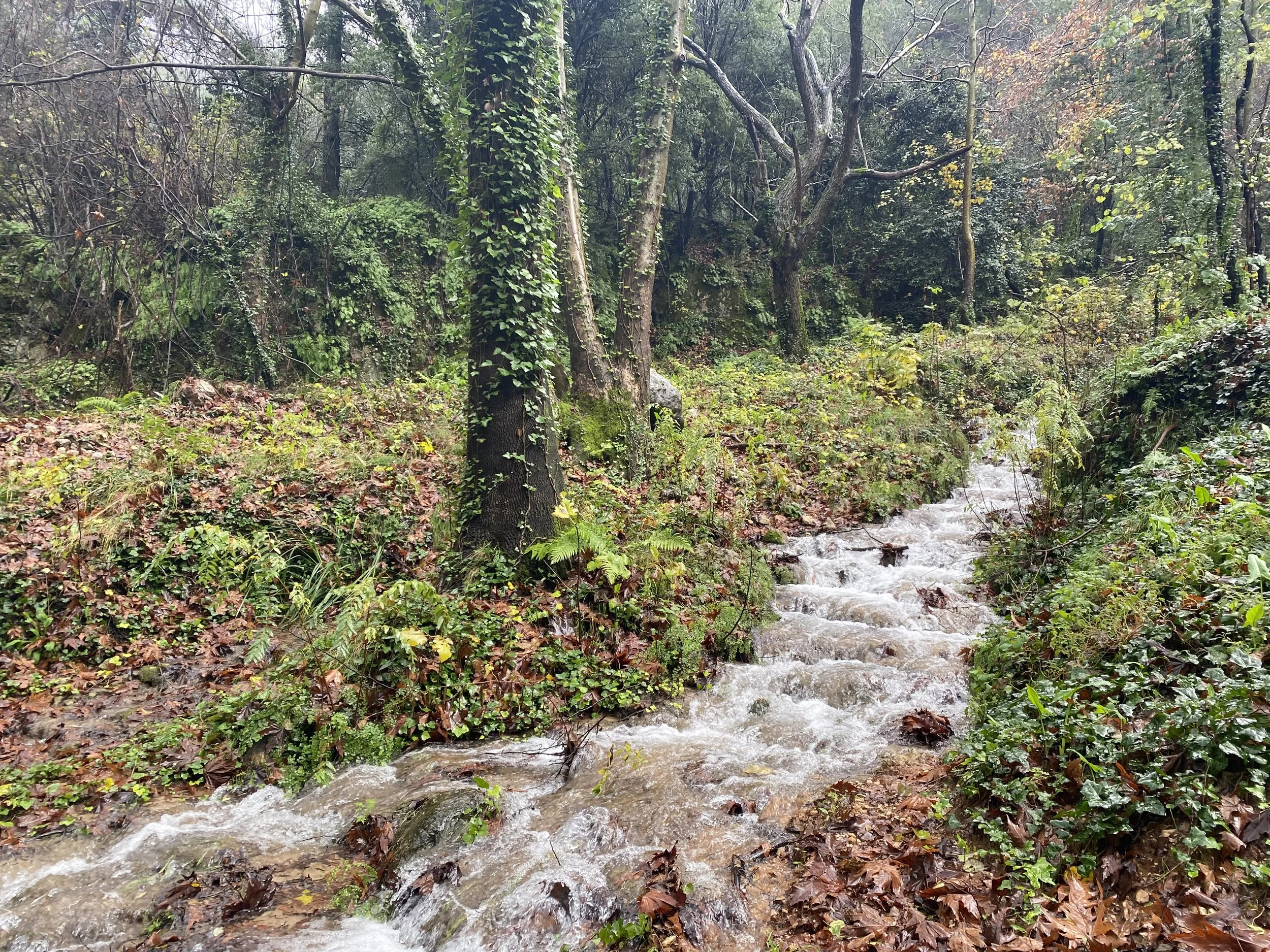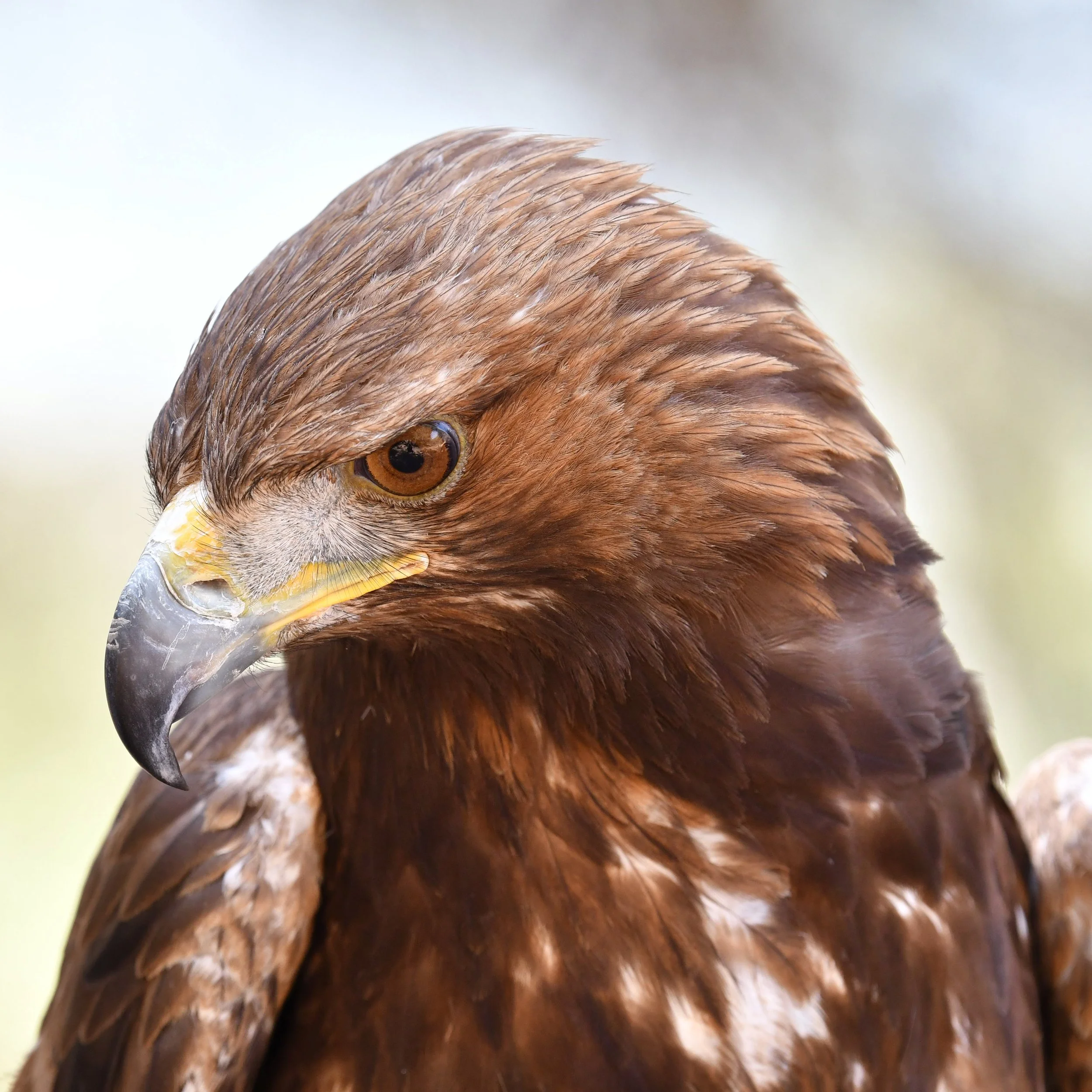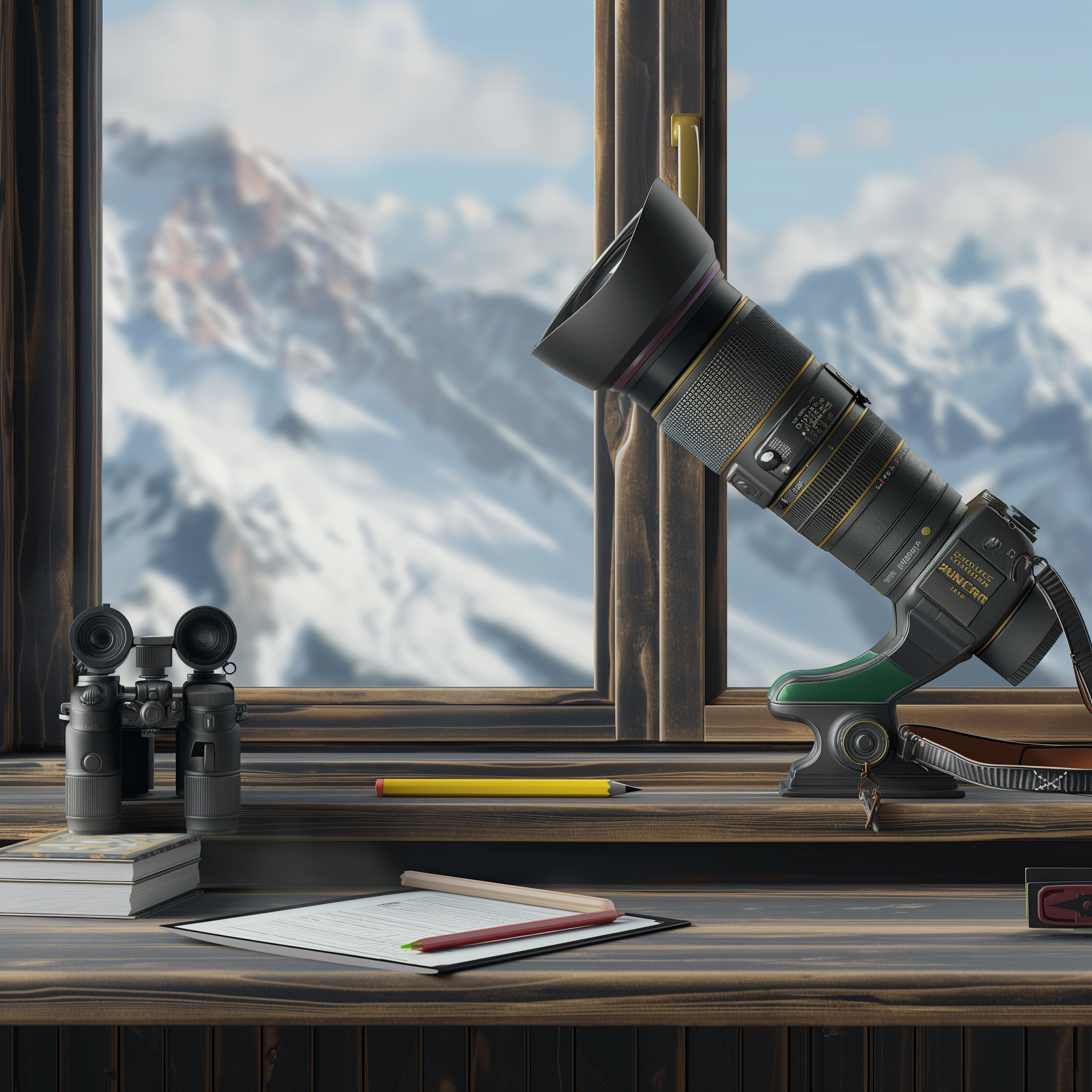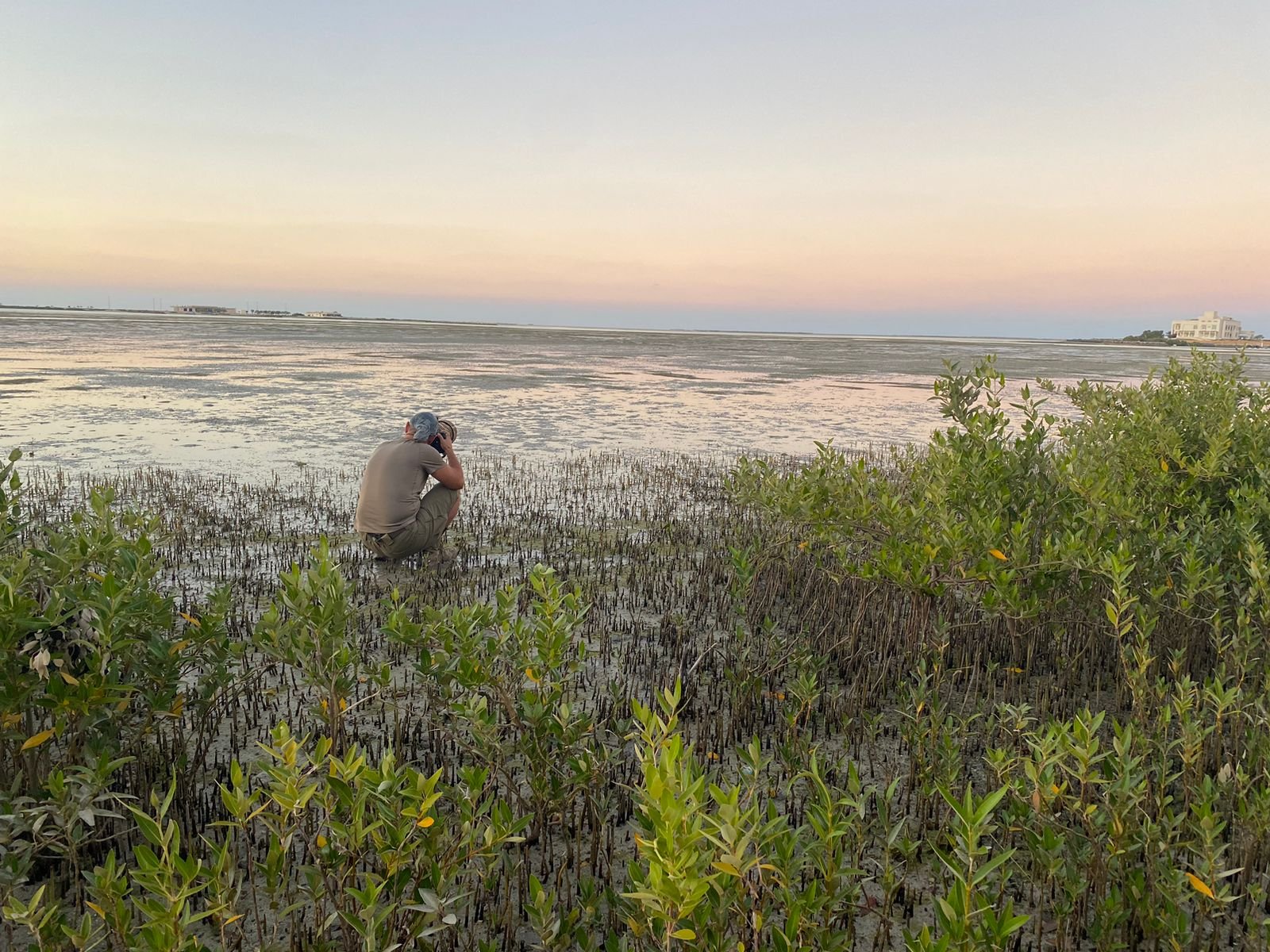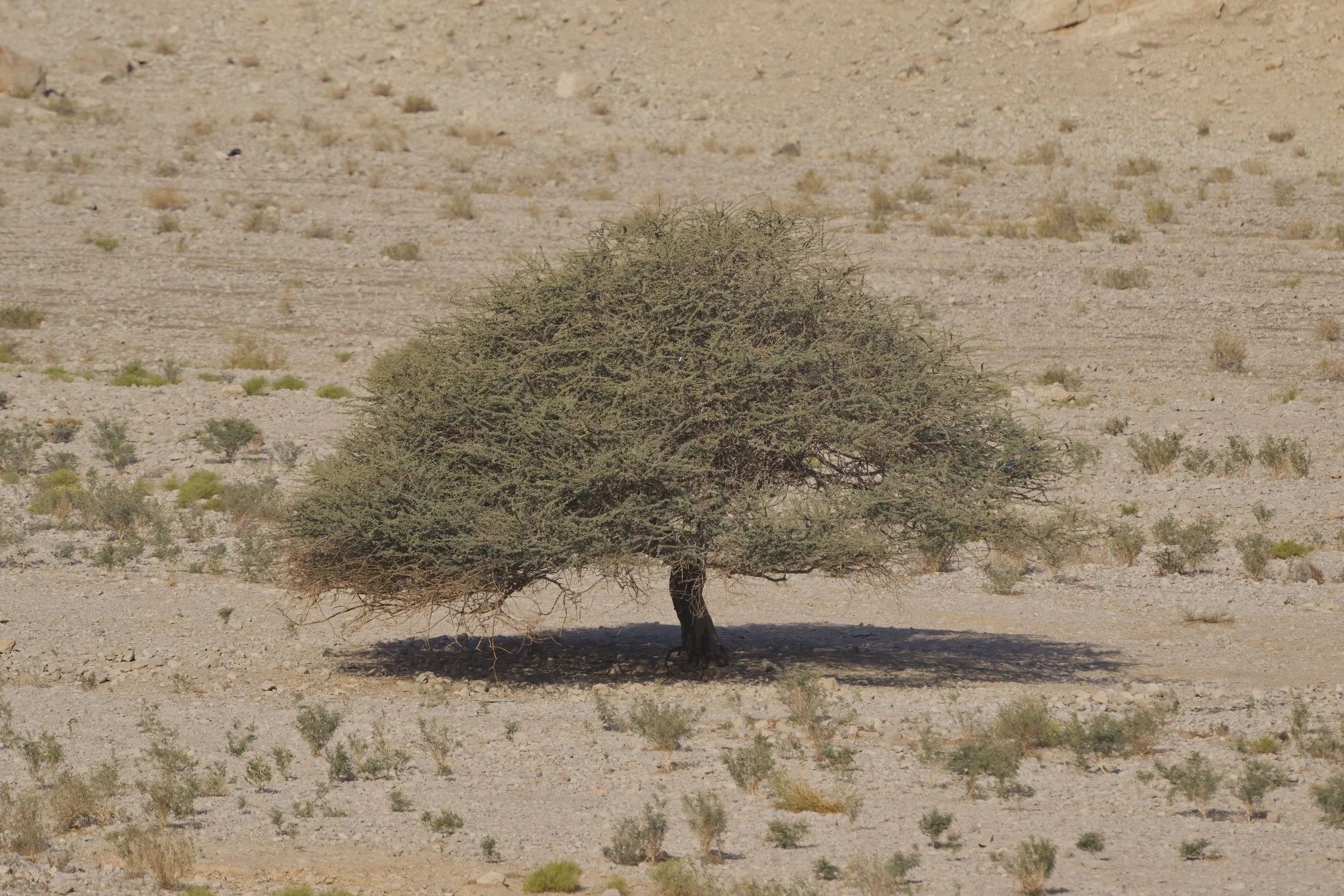Camouflage Tips Part 01
Natural Colors and Patterns:
Choose camouflage clothing that matches the natural colors and patterns of the environment where you'll be photographing. Earthy tones, greens, and browns are often suitable for blending into vegetation.
Layering and Breakup Patterns:
Layering your clothing with a mix of colors and patterns can help break up your silhouette and make you less visible. This is especially important if you're photographing in diverse environments.
3D Camouflage:
Consider adding three-dimensional elements to your camouflage, such as a ghillie suit or a hat with foliage attachments. This helps disrupt your outline and makes it harder for wildlife to spot you.
Face and Hands Camouflage:
Camouflage your face and hands using face paint or camo gloves. These areas are often exposed and can reflect light, potentially giving away your position.
Avoid Bright Colors:
Steer clear of bright colors that stand out in nature. Even small patches of vibrant colors can catch the attention of wildlife. Stick to subdued and natural tones.
Adapt to Surroundings:
Continuously assess your surroundings and adapt your camouflage as needed. What works in one setting may not be effective in another.
Silence and Movement:
Minimize noise and sudden movements, as these can alert wildlife to your presence. Choose clothing that doesn't make rustling sounds and move slowly and deliberately.
Use Natural Cover:
Position yourself near natural cover, such as bushes or rocks, to break up your outline further. This can provide additional camouflage and hide your presence.
Test in Advance:
Before your photography trip, test your camouflage in the actual environment you'll be shooting in. This allows you to make adjustments and ensure that your camouflage is effective.
Stay Low and Use Terrain:
Whenever possible, stay low to the ground and use the terrain to your advantage. This makes you less visible against the background.

